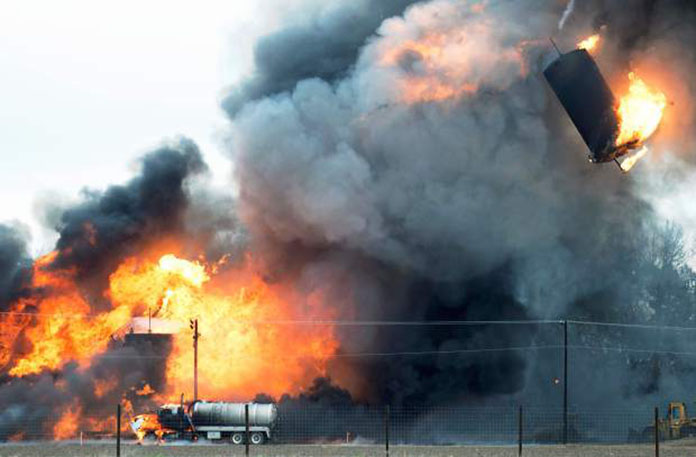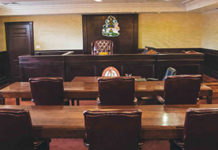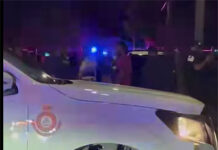Arawak Cay poses too great a safety risk for a LNG Pant

Commentary by Bradley B. Roberts
Former Cabinet Minister and MP.
1st April 2018
There have been reports circulating in the public domain, including social media, that the principals (at least some of them) of the Arawak Cay Port Development Company are now interested in entering the energy business, specifically the supply, storage and distribution of Liquefied Natural Gas (LNG). There have also been reports of a plan afoot to expel and drive away other businesses and general traffic in close proximity to the proposed site at Arawak Cay.
The record will show that LNG is a viable alternative energy source to traditional and environmentally unfriendly fossil fuel derivatives. Research has shown that LNG is a composition of methane and some mixture of ethane used to convert natural gas to liquid form for ease and safety of storage transport. It is cooled to approximately -256 degrees Fahrenheit so that it can be transported from countries with a large supply of natural gas to countries that demand more natural gas than they produce. In its liquid state, natural gas takes up 1/600th of the space, making it much easier to ship and store when pipeline transport is not feasible. As world energy consumption increases, experts anticipate that the LNG trade will grow in importance and become one of the preferred alternatives to fossil fuels – along with solar, wind and bulk recyclable waste with an appreciable carbon footprint.
I however caution the government about the Arawak Cay location in light of its close proximity to the Fish Fry and the cruise port at Prince George Wharf. Bahamians vividly recall the strong objection of the US Government via its local embassy to the relocation of the iconic straw market in the aftermath of the 2001 fire to Prince George Wharf in very close proximity to the cruise ships. At that time this location was seen as a high security and safety risk. A compromise between the two governments resulted in the construction of the new straw market on Bay Street. In principle, the choice of an LNG plant at Awarak Cay poses similar risks and international concerns.
There are other locations in New Providence that are more suitable in terms of geography, safety, security and the economic lay of the proverbial land for the construction of a huge LNG storage and distribution facility. The selection of the southwest tip of New Providence as the industrial hub of the island and The Bahamas was no accident. Its physical isolation from much of the hospitality, service and retail merchandizing driven economy will minimize the disruption of trade and commerce in the event of a catastrophe. One can only imagine a leak, let alone a fire or explosion at a huge LNG plant on Arawak Cay. Virtually all traffic movement, trade and commerce in and around the downtown area will have to necessarily come to a sudden and screeching halt in the national interest. Mass evacuation of tens of thousands of people from the downtown area will no doubt bring the economy of New Providence to a standstill.
From a national security, foreign affairs, public safety and from an economic stand point, it is probably not worth it to locate an LNG storage and distribution plant on Arawak Cay as the risks on so many levels are simply too great.
I advise the FNM government to seek professional risk assessment and city planning advice on this important decision as the nation ponders and moves ahead with energy sector reform pursuant to its National Energy Policy.
A word to the wise as usual is always sufficient and an ounce of prevention is always better than a pound of cure.
A Happy and Blessed Easter to all.







